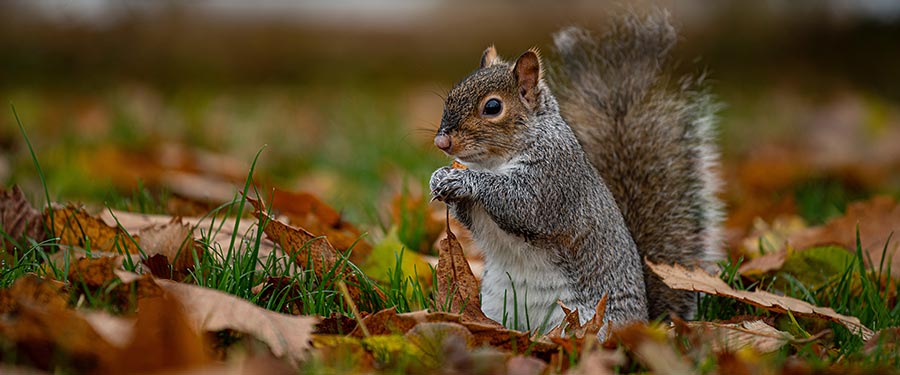Native to the eastern half of North America, grey squirrels were first introduced to Britain in the 1870s and are now widely distributed across the UK. It was originally thought that their ability to cope with new landscapes allowed this rapid spread and by interbreeding with different grey squirrel populations a ‘supersquirrel’ evolved which was better able to adapt and spread.
However, DNA profiling has revealed that this is not the case and in fact humans have inadvertently helped the grey squirrel spread through the UK. Dr Lisa Signorile, of the Imperial College London and the Zoological Society of London, complied a DNA database of nearly 1,500 grey squirrels in the UK and Italy. DNA profiling revealed that different squirrel populations are still genetically distinct, meaning they did not interbreed and a ‘supersquirrel’ was not created as originally thought. Commonly, many new populations of grey squirrels were found not to be related to nearby populations but instead were related to populations a long way away. For example, the population in Aberdeen was found to be most closely related to the population of grey squirrels living around the New Forest area in Hampshire. Human intervention is the only plausible reason why these squirrels could have travelled so far. Another example is the grey squirrel which was captured on the Isle of Skye in 2010. DNA profiling revealed this squirrel had originated from Glasgow and confirmed reports of a squirrel which had stowed away under the bonnet of a car and escaped onto Skye.
“It has been thought since the 1930s that grey squirrels were all the same, spreading across the country as one invasion front. After a century, genetics has proved that this isn’t correct. They are not that good at breeding and mixing – in fact there are clear signs of inbreeding,” said Dr Signorile.
The findings of this genetic study are surprising and show that human movements have played an important role in the spread of this invasive species. Now, as well as controlling grey squirrel numbers, more needs to be done to reduce spread by human means, especially to areas where the grey squirrel population is not yet established.
– Vickie Flint PhD

